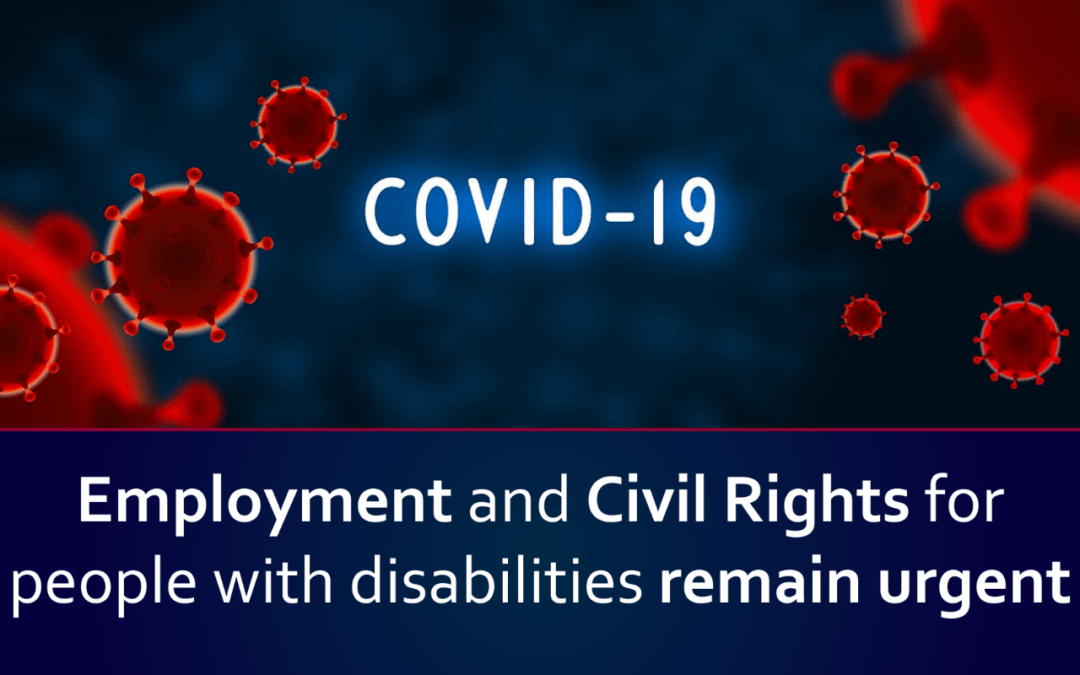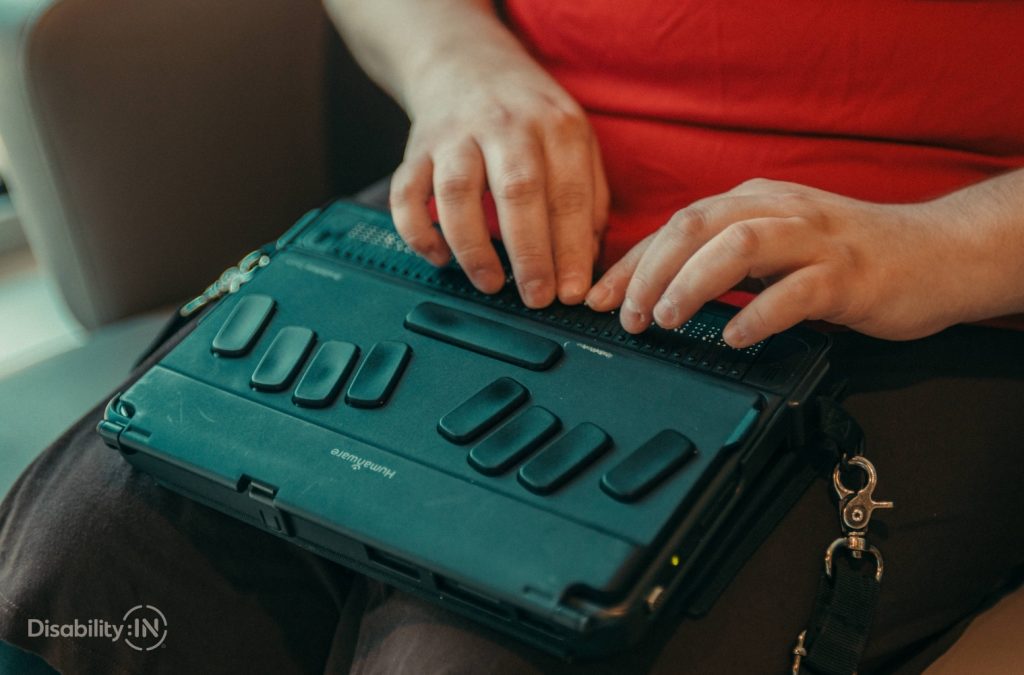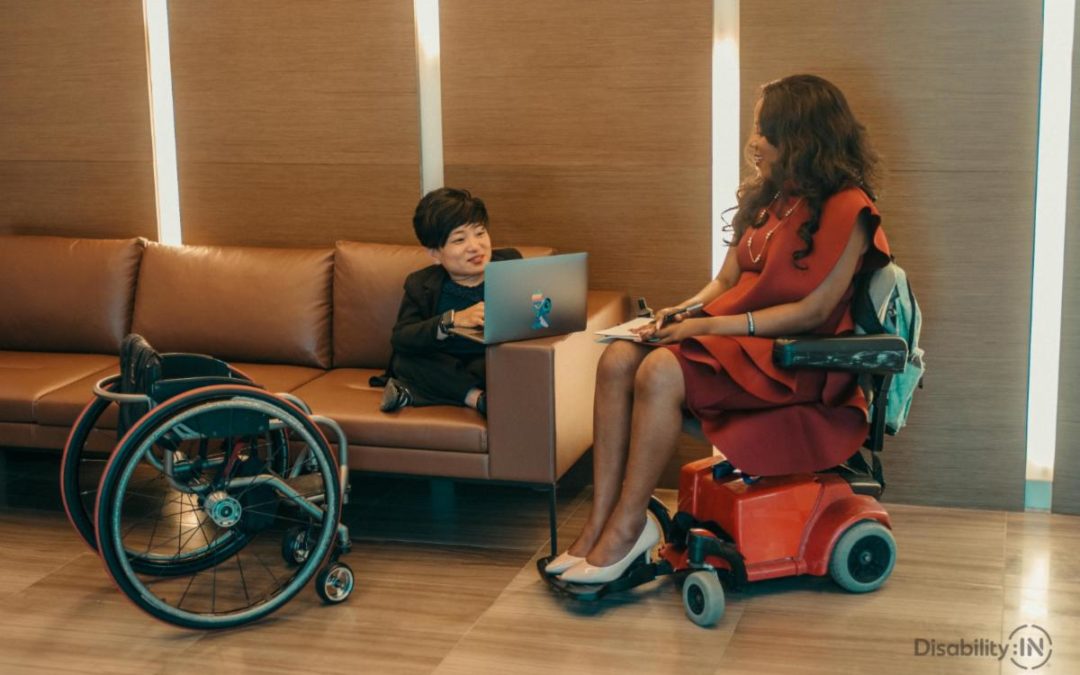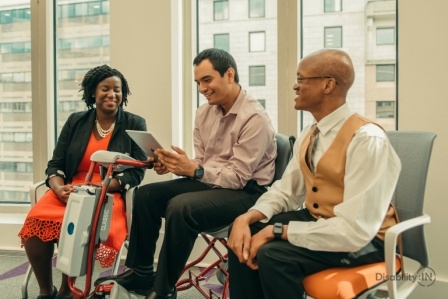A few years ago, I had the opportunity to discuss the AbilityOne program on FedNews.

Home »

A few years ago, I had the opportunity to discuss the AbilityOne program on FedNews.

As a wheelchair user, one of the questions I often get asked is: “Do you drive?” Followed closely by: “How do you drive?”

Companies with the right tools will be most effective in supporting the emotional well-being and productivity of their associates.

Technology has changed the landscape of the workplace. And assistive technology has redefined employment for people with disabilities.

People are often hesitant or intimidated to initiate a conversation with someone who has a disability. They fear inadvertently doing or saying something inappropriate.

Dexterity is defined as a person’s ability to perform specific motor tasks. Many medical conditions, injuries, and disabilities can affect a person’s dexterity, including: cumulative trauma disordersmultiple sclerosiscerebral palsyarthritisdiabetesstrokeand general...

While every person with a disability who does not disclose has his or her reasons, hiding a disability may create unnecessary stress and anxiety.

Due, in part, to healthier and more active lifestyles, people continue to live longer. As a result, America’s workforce is aging.

Unfortunately, many diversity initiatives have a limited scope, and exclude disability from their reach.

The most important part of accommodating people with epilepsy involves providing your workforce with basic facts about epilepsy and addressing the stigma associated with epilepsy.